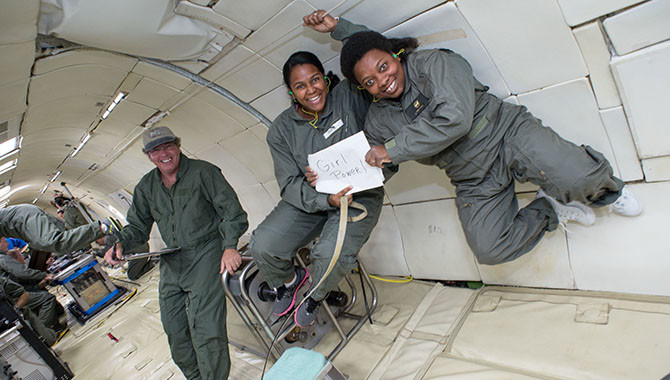
For Nancy Rabel Hall, a love of science and learning paved the way to becoming a project manager at Glenn Research Center (GRC).

For Nancy Rabel Hall, a love of science and learning paved the way to becoming a project manager at Glenn Research Center (GRC).
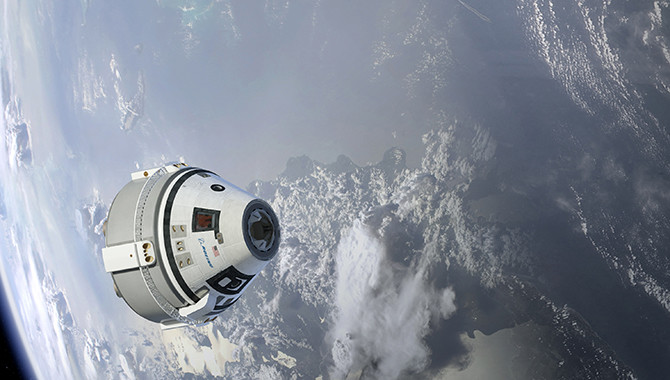
NASA’s Commercial Crew Program is driving the expansion of the U.S. economy into space while supporting the agency’s journey to Mars.
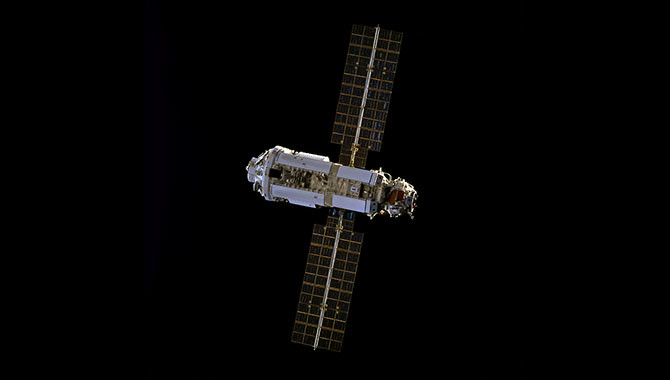
On November 20, 1998, the Zarya module launched from Kazakhstan aboard a three-stage Proton rocket to form the cornerstone of the International Space Station (ISS).
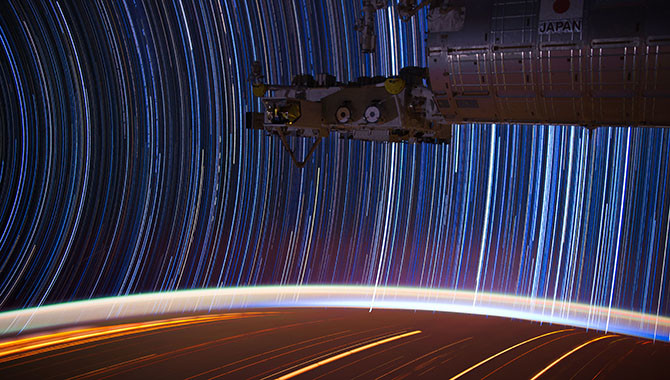
On November 2, 2015, NASA and its international partners celebrated a decade and a half of continuous human presence on the International Space Station (ISS).
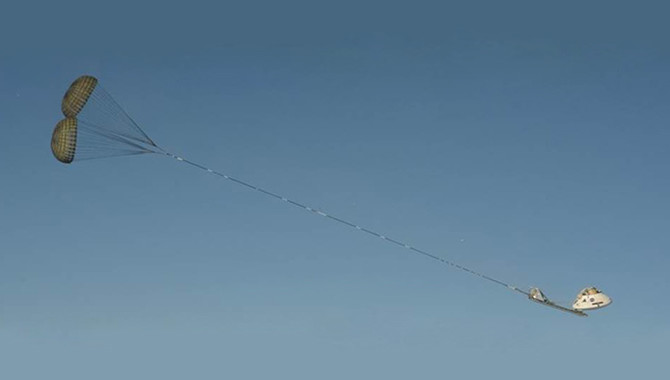
In August, the Orion parachute system was put through a risky scenario: landing without two key parachutes. The results were even better than predicted.
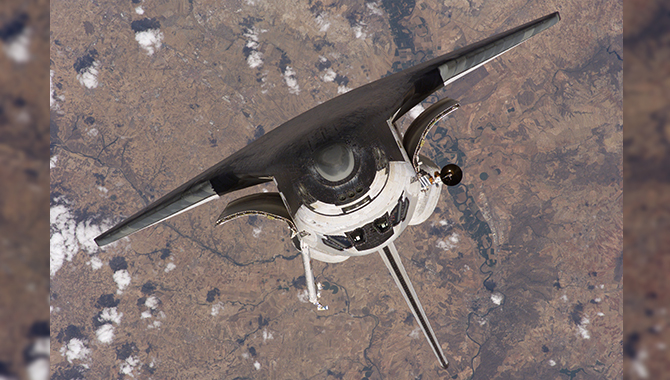
The power of pausing can help us move forward to mission success.
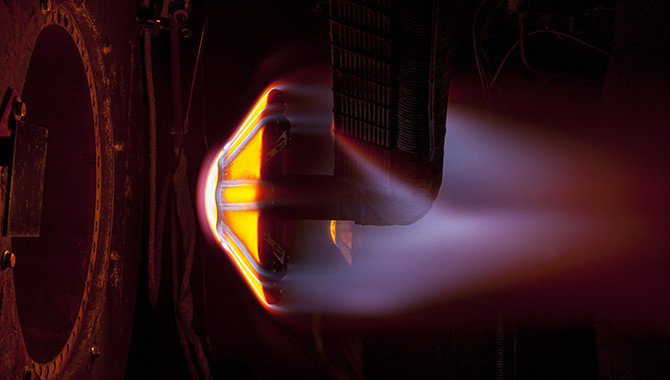
The agency charts a clear and sustainable path toward human spaceflight beyond low Earth orbit (LEO) in NASA’s Journey to Mars: Pioneering Next Steps in Space Exploration.
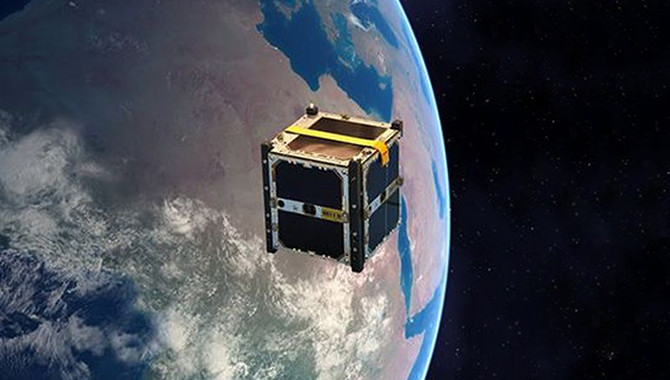
Despite their increasing role in technology development, scientific discovery, and education, cubesat launch opportunities have been limited. Until now.